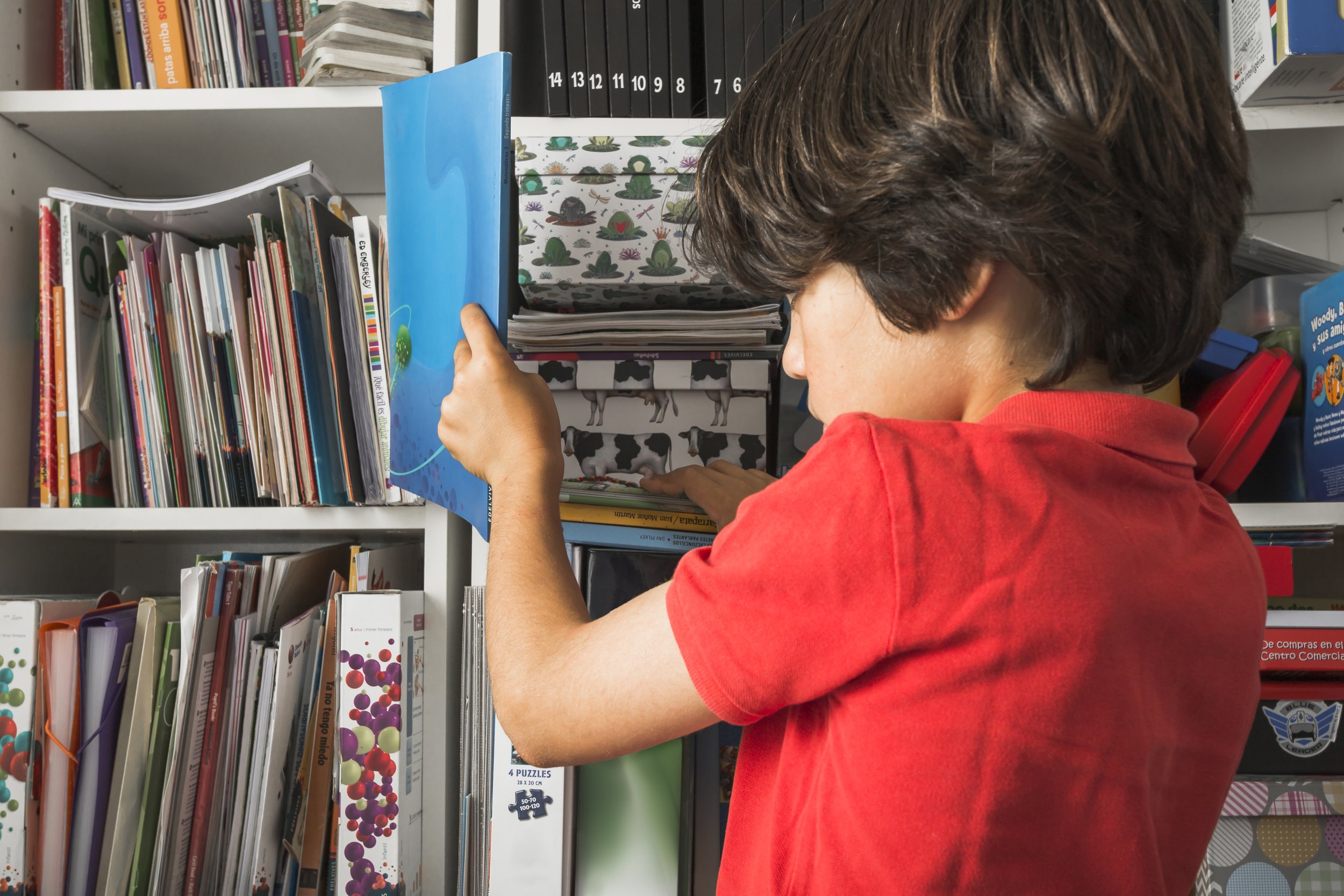Self-Selected Reading is Its Own Reward
Image by Freepik
By Mark W.F. Condon, Unite for Literacy vice president
“What gets measured gets taught. What gets taught gets better!,” say educators who emotionally sag each year when reviewing the previous year’s disappointing yearly “reading test” scores.
For decades, literacy instruction changes have been cued by National Assessment for Educational Progress (NAEP) test results. However, none of that seems to have improved subsequent test scores or enhanced children's engagements with books. It’s important to note that these tests are designed to gather data for PREDICTING relative reading ability, not to guide instruction.
Notably, kids’ reading proficiency is assessed on yearly exams by requiring them to:
Read short passages in which they have scant (if any) interest,
Answer multiple-choice questions that few children would ever ASK,
HURRY (while being watched)… while sitting in uncomfortable chairs.
Contrast this reading “context” with the kind of setting avid readers seek out to enjoy a good book. No one assigns us what to read, nor quizzes us when we’ve finished. We aren’t observed while we’re reading, nor timed. And we sure aren’t required to sit in hard, straight-backed chairs. That is not how to assess meaningful reading, but rather the current questionable strategy used to predict meaningful reading growth.
How do kids fare under such assessment circumstances? According to the 2022 Nations Report Card, 29 percent of young readers were identified as proficient by this assessment method. So, how did the 29-percenters ever learn to read well with instruction guided by such assessments?
...or did they?
Of those proficient readers, what percent choose to engage in daily delightful reading on their own? That is the critical question here.
Let us consider what we know about those avid and capable readers. They...
Regularly select their own fun books to read,
Love reading those books on most days,
Read for as long as they are allowed, returning gleefully to their books ASAP,
Enjoy their books, hurrying only when they anticipate an exciting plot development, or interruption…like “Dinner!,”
Abandon books that have become tiresome to select more promising ones,
Spontaneously share their interests or confusions about what they are reading with their friends, parents and teachers,
Re-read interesting or confusing parts, seeking out other resources regarding the interesting bit, then returning to their books, and
Continually scan the world for new books and reading material.
It’s simple: Truly proficient readers get that way by reading books that bring them joy and by sharing the experience with valued others. Children who read comfortably do so seeking the same kind of emotional state associated with a relaxing hobby. They do not bother with improving the mechanics of reading or trying to perfect specific reading skills. Primarily they embrace daily reading for enjoyment and edification.
Doing something that is fun always leads to doing it better. It follows that focusing upon maximizing reading delights predictably enhances the number and quality of literacy engagements. That leads to improved reading.
Question: If establishing delight in reading books were the central focus of reading instruction, then how might educators and parents measure it?
Answer: Watch the kids. Observe and ask: Are they comfortable making book choices? Are they enjoying themselves? Do they seek out and make book recommendations to others? Do they have questions for teachers and friends inspired by their reading? Look for any other evidence that kids are immersing themselves into their books.
Reading is for personally connecting with the stories and experiences of authors from everywhere and every epoch, expanding our understandings of their worlds and one another. Schools that try watching students for their joyful response to self-chosen books might discover the value of children's emotional drive to read. If families and schools focus their greatest energies upon boosting individual readers’ pleasure from their personal reading choices, the impact upon annual reading test scores might yield some lovely surprises. That would be pleasant for school personnel, families and most importantly, for the children.
